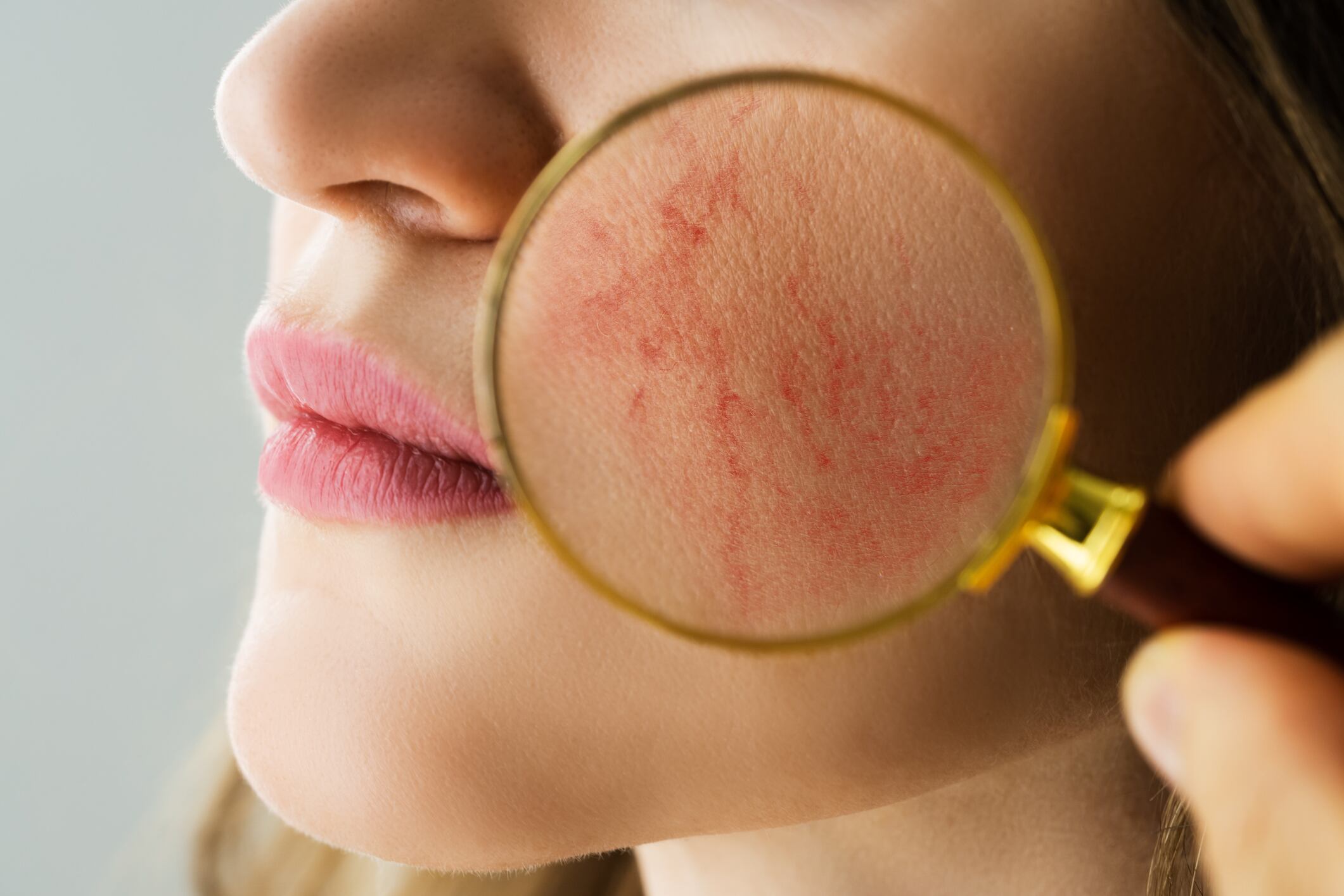As reported by market research firm Statista, “as the global population grows and the importance of skin care becomes better known, the global skin care market is projected to increase from $143.5 bn in 2022 to over $186 bn by 2028.” A growing sector of the skin care market is focused on the skin microbiome and products that facilitate skin health by addresses the delicate balance of the face’s ecosystem.
Over the last several years, the skin microbiome the skin microbiome has continued to emerge as a focal point of research and innovation. We spoke to Dr. Oliver Worsley, CEO and Co-Founder of Sequential - The Skin Microbiome Testing Co., as he sheds light on the top three trends currently dominating the space.
From the increasing adoption of clinical in vivo testing to the exploration of host-microbial interactions and the potential of new technologies like nanoparticles, these advancements are poised to redefine cosmetics and personal care product manufacturers and suppliers approach skin care product formulation R&D. In his interview, Dr. Worsley also highlights how these trends are driving product development strategies, fostering personalization, and leading to groundbreaking collaborations within the industry.
CDU: From your perspective, what are the top three current trends in skin microbiome research that are particularly relevant to the cosmetics and personal care industry?
Dr. Oliver Worsley (OW): I would describe the top three current trends in skin microbiome research as follows:
- Marketing trends on the microbiome in personal care, by data percentage found in marketing research exhibitions, clinical microbiome / in vivo testing increase in uptake shows that 71.4% of individuals we have spoken with feel the only way to test a formulation that confers benefit to the microbiome should be tested in vivo, and 57.1% of individuals feel that the microbiome is not a passing trend, but a defining direction for the personal care industry.
- Host-microbial interaction, or the evaluation of both human cells to understand inflammation and microbial interaction with skin), including methods of detection i.e. metabolomics, and
- New technologies to target the human microbiome to treat dysbiosis – are nanoparticles the next frontier?
These trends are affecting our understanding of the skin microbiome as they’re becoming more researched and used in skin care and personal care products.
CDU: How are the trends in skin microbiome research influencing product development strategies within the cosmetics and personal care industry?
OW: Product development has long ignored the skin microbiome. We now understand the skin microbiome is as important as any other component of the skin (e.g. the skin barrier). It is changing the way we think about modulation (i.e. boosting ceramide levels naturally from microbes, increasing hyaluronic acids by modulating specific microbiome, and stratifying consumers based on their skin microbiome.)
The latter enters the world of personalization, where we can finally have more understanding about the consumer on what ‘invisible players’ are accumulating on their skin and causing damage over the long term. This is a significant advance compared to questionnaires and imaging, which although being augmented by AI, continue to lack high quality input data for personalization.
CDU: Can you provide examples of how cosmetic formulations are being adapted or innovated based on these emerging trends?
OW: When we think of microbiome skin care, we typically see the words prebiotic, probiotic and postbiotic being used. Or what new types of vitamin A, or other well known derivatives are being generated? However, significant innovations are happening behind the scenes that consumers need to be ready for.
Companies are busy generating effective molecules (known as CRISPR-Cas proteins) to target specific strains of C. acnes to combat the acne-causing strain of bacteria, or nanoparticles that selectively bind to S. aureus in consumers that suffer from recurrent atopic dermatitis. Or how new ingredients are produced, we are finding more sustainable ways to develop highly effective ingredients for the human body that are produced by microbes in bioreactors.
CDU: What novel ingredients or formulations have emerged from recent advancements in skin microbiome research?
OW: Recent advances in skin microbiome research reveal that the skin microbiota can also be managed biologically using natural molecules that restore endogenous immune and mechanical barriers, thereby rebalancing the microbiota. This has led to the development of ‘microbiome-activated’ ingredients and ‘microbiome-protecting’ agents.
These molecules are activated by the microbiota to trigger skin responses, such as brightening effects or accelerated skin renewal, while preserving the microbiota.
CDU: How are these ingredients or formulations being integrated into skin care products to address specific consumer needs or preferences?
OW: Interestingly, advancements in skin microbiome research have opened new directions for product innovation that extend beyond skin barrier functions to include photoprotection, anti-aging, and skin cancer prevention.
CDU: Are you observing an increase in consumer awareness and demand for skin care products that leverage microbiome-friendly ingredients?
OW: Yes. 78.6% of individuals we have spoken with are familiar with microbiome related personal care products and are interested to learn more about it. Additionally, 64.3% of individuals understand the role that the microbiome plays in maintaining healthy skin.
CDU: How are cosmetics and personal care companies responding to this growing consumer interest in microbiome-focused skin care?
OW: Companies don’t have the experience to work with microbiome testing, or microbiome formulations, despite it being the next frontier of personal care and consumer health. However there is a huge amount of enthusiasm, there is understanding that this is an area of science that isn’t just a cyclical trend, but will firmly plant itself in the world of formulations and product development.
We see that companies are demanding more data than what the traditional in vitro testing provides for microbiome claims in the industry, and the use of clinical / in vivo testing is significantly growing because of this lack of usefulness, and translation to the human body, that is seen with in vitro data.
CDU: Are there any notable collaborations or partnerships between skin microbiome researchers and cosmetics/personal care companies driving innovation in this space?
OW: Rob Knight’s lab (UCSD) and L’Oreal recently collaborated on a paper that identified key microbes with known biophysical measurements of biological age. Although this is a significant improvement over just understanding chronological age, what is missing is more accurate epigenetic data on the skin, which would corroborate with findings to identify biological age and microbes driving this process (or associated with it).
Sequential recently announced a partnership publicly with J&J, which set out to uncover important microbes that are associated with both genetic mutations (called SNPs) and gene expression on the skin. These advances will empower consumers with higher resolution in characterizing healthy skin, and what might be the best treatment for various skin conditions like acne.
CDU: How do these collaborations contribute to the identification of new trends and the development of microbiome-friendly products?
OW: Deeper characterization of skin biology using next generation sequencing, and understanding the microbiome-host interaction, will propel both understanding the skin and how to treat it, but also harnessing microbes for novel ingredients that are better for us and for the planet.
CDU: What regulatory considerations should cosmetics and personal care companies keep in mind when incorporating microbiome-focused ingredients into their products?
OW: Be careful on what you can and can’t say with microbiome claims. Are you making a cosmetic vs. drug claim? Make sure to conduct thorough clinical and in vivo testing if you are making microbiome claims about your product.
As using probiotics becomes more mainstream, there may be stricter regulations and compliance with GMP in the manufacturing step of live bacteria.
CDU: Where do you see the future of skin microbiome research heading in relation to the cosmetics and personal care industry?
OW: The future is hugely bright for microbiome-based personal care and consumer health. In both formulating more effective products and also understanding the consumers skin from a more precise diagnostic approach. In just 10 years, there have been over 4,315 articles on the gut microbiome, and only 269 articles on the skin microbiome which have been produced only in the last 6 years.
It really is just the beginning for how this will transform the industry, however in the few years the industry has known about the skin microbiome, the research is exciting.
CDU: Are there any emerging trends or areas of research that you believe will have a significant impact on the development of skin care products in the coming years?
OW: AI will have an effect on almost all levels of personal care and consumer health, in both finding solutions for formulating and testing the skin. The important piece is that we reach a critical mass in the number of samples we are using to model the data on, and although this will become incredibly valuable as a tool for discovering new microbial signatures relating to skin health, we are not quite there yet as an industry.
The work we’re doing at Sequential has been to collect 20K+ samples across consumer and clinical studies and perform next generation sequencing to understand how the skin microbiome relates to skin health. Much more will be uncovered in the next two years!





